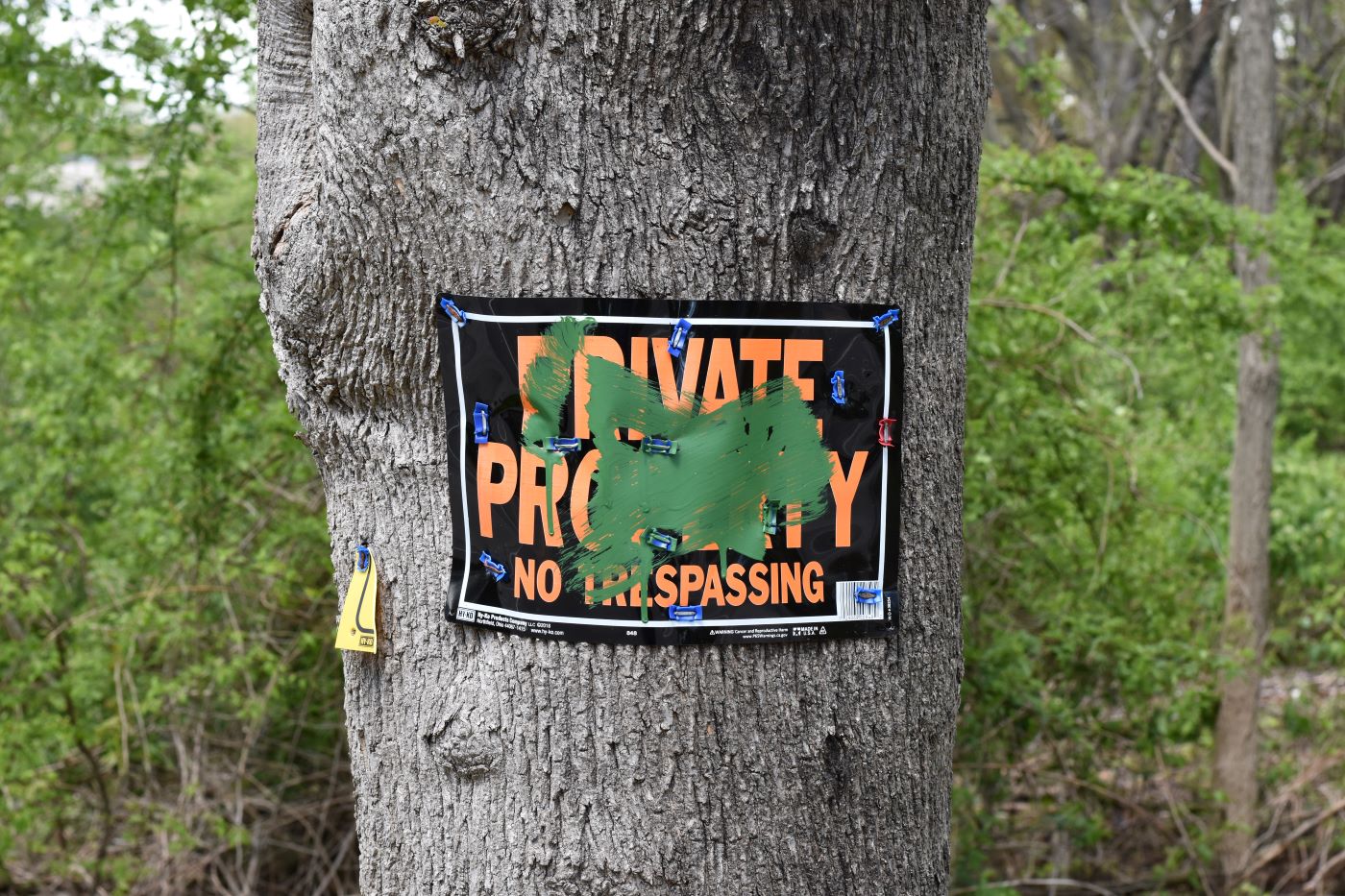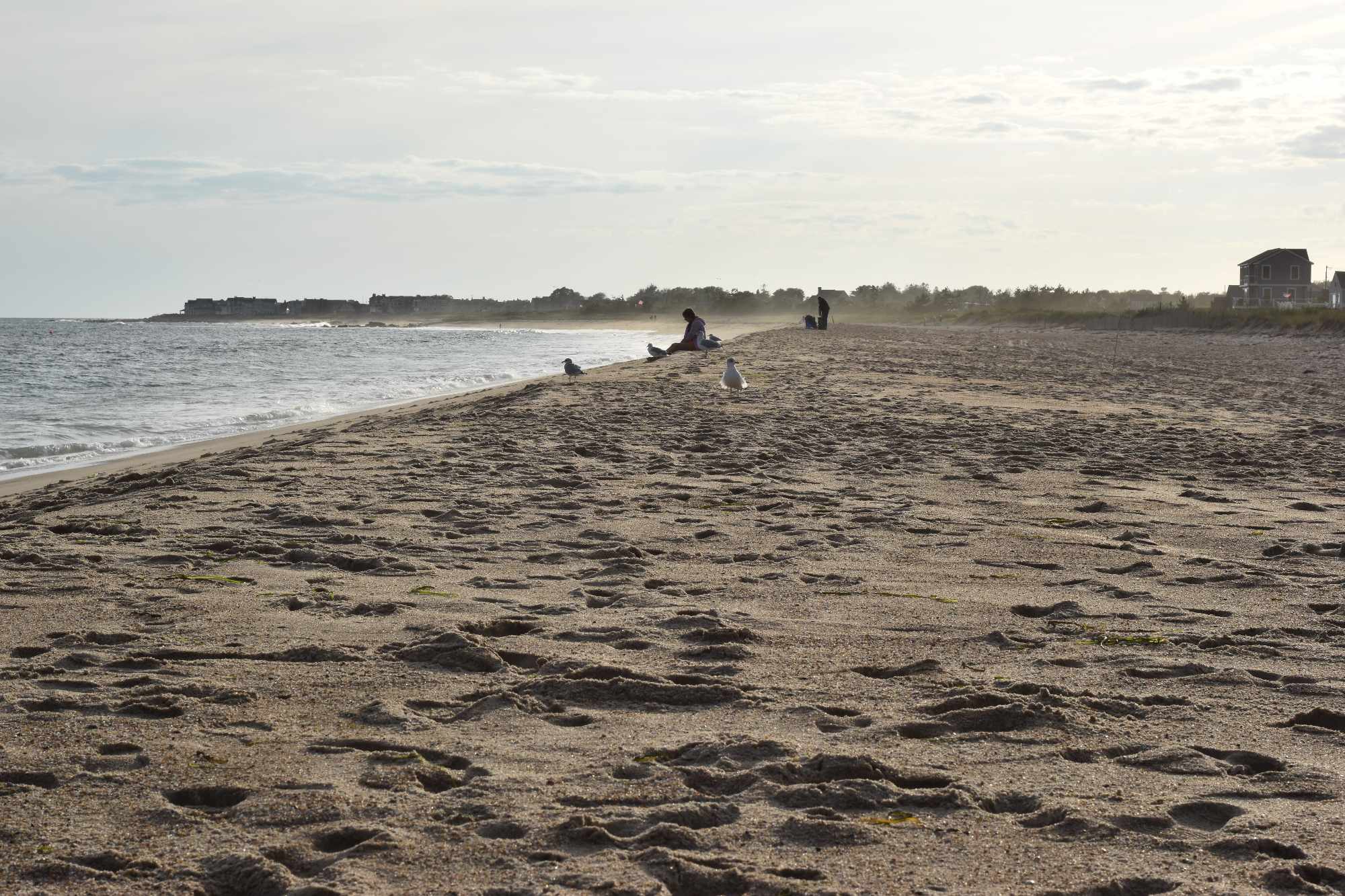Major Sources of PFAS Contamination Identified in Rhode Island
November 6, 2023
PROVIDENCE — Environmental officials last week identified six major sources of PFAS contamination as part of the state’s first comprehensive investigation into how the substances have impacted drinking water supplies.
The 200-page draft report issued by the Rhode Island Department of Environmental Management details where and how the per- and polyfluoroalkyl substances (PFAS) have tainted locations and environments around the state.
The investigation is part of a suite of actions from state officials to respond to the growing number of PFAS detected, as required by a state law passed in 2022. As of July, Rhode Island water systems are required to test their drinking supplies for PFAS and report the results to the state Department of Health (DOH).
According to the latest data from DOH, as of this year 11 water systems have exceeded the state standard of 20 parts per trillion (ppt), with one additional system containing PFAS levels in excess of 70 ppt.
PFAS, also known as “forever chemicals,” refer to a wide variety of synthetic chemicals that have existed in common household products for decades. From firefighting foam to floor wax to food packaging, PFAS substances can be found in any product that is grease-, stain- or water-resistant.
The chemicals are known for their hardy ability to persist in the environment and inability to break down into further components. It’s their persistence in the environment that’s led to their toxicity; PFAS substances have been linked to several cancers, fertility issues, and developmental delays in children, among other little understood health impacts.
“PFAS are one of the world’s most intractable pollutants, highly complex, and found just about everywhere,” DEM director Terry Gray said in a statement. “This report consolidates important scientific work on the extent of PFAS contamination in Rhode Island.”
DEM identified the following areas as sources of PFAS contamination around the state:
Department of Defense sites: Many locations around the state that have been used by the U.S military, including the Navy and National Guard, have had nearby water supplies test positive for PFAS. The chemicals were often used in aqueous film-foaming foam (AFFF) and in electroplating activities.
Naval Station Newport, singled out as one of the most complex Superfund sites in Rhode Island, was historically used in World War II as a refueling depot for the Navy. A 2.5 million gallon, partially underground tank farm and fire suppression system is the main source of PFAS contamination on the base, according to DEM’s report. Other sites of significant contamination identified include the former Quonset Naval Air Station and Charlestown Auxiliary Landing Field, thanks to their use as sites for fire training and emergency response actions.
Superfund sites: Some of the most polluted sites in Rhode Island have also been identified as having major PFAS contamination. In particular, the Central Landfill in Johnston was identified because it accepted large volumes of liquid industrial waste in the 1970s and dumped it in an unlined area of the landfill due to a lack of federal and state regulations regarding hazardous waste.
Other Superfund sites identified include Rose Hill Regional Landfill in South Kingstown, Landfill Resource and Recovery in North Smithfield, and Picillo Pig Farm in Coventry, which was used as an illegal dump site for hazardous waste in the ’70s.
Landfills and dumps: DEM’s Office of Land Revitalization and Sustainable Materials Management promulgated rules in 2021 requiring closed landfills with monitoring programs to test for PFAS. The rules only applied to around half of the state’s 70 former landfills, but testing results show that nearly all landfills in the state serve as a source of PFAS contamination.
Wastewater treatment facilities: Starting this year, DEM is requiring wastewater treatment facilities to begin testing for PFAS as a condition for permit renewal. Facilities must also sample once a year the discharge that comes from a set list of certain industrial users, including platers/metal finishers, paper and packaging manufacturers, tanneries and leather works, fabric or carpet treaters, manufacturers that create Teflon-like coatings, and other known sources of PFAS.
Fire stations: Similar to Department of Defense sites, fire stations are prime sources of PFAS contamination thanks to the chemicals found in both firefighting gear and firefighting foam frequently used at firehouses. DEM’s report notes that many of the state’s 160 fire stations are in areas that are not served by a public water supply, noting that releases from a single fire station in Burrillville that had been in operation less than two decades had already deeply impacted water resources in the village of Oakland.
Textile mills: A legacy of the Industrial Revolution, Rhode Island continues to have a number of textile mills, many of which use PFAS to make garments, water and oil repellent in firefighting uniforms, medical uniforms, and waterproof apparel. DEM’s report names Bradford Printing and Finishing in Westerly and the former Charbert, Inc. textile mill in Richmond.
For now, DEM recommends increasing its testing and monitoring program for PFAS to include private well sampling, further testing biosolids from wastewater facilities, and surface waters that receive wastewater discharges.
Members of the public can read the draft report here, and have until the end of the month to comment on it.




Anyone check TF Green Airport fire station property where 3000 gallons of pfas foam is stored and tested yearly
One wonders about any plume of toxic materials moving from the garbage dump [central landfill] towards the Scituate Reservoir
What about USTs with home heating oil that the state does not care about? Who knows where these are or how old they are. Are they still active or removed? Are oil suppliers allowed to fill these? Why? Is the state waiting for an entire neighborhood’s wells to be contaminated? This has happened and the state still does nothing about USTs. Do something NOW!
How about testing fish and shellfish from these sites. Isn’t there commercial oysters and quohogs coming out of Ninigret Pond? That’s adjacent to one of the sites mentioned.
The draft is 200+ pages and requires a lot of research or knowledge on these subjects in advance (not to mention the time & energy to read & comprehend the draft alone), which makes it difficult for the public to make well-informed suggestions/comments… That said, I encourage any one who does have the time & energy to, to do so! Perhaps even just commenting, as I will be, in favor of more testing (as this article mentioned, only 1/2 of old landfill sites were tested/required testing in 2021), would at least be helpful. All reports of toxins in our water, soil, air, etc. are troubling, but I’m grateful that people are learning about these pollutants in the environment & that more testing is being done & released to the public. I hope that the people making the final decisions have done up-to-date research on potential remedies and have the foresight to choose what’s best for the health of the people, animals, waters, environment!